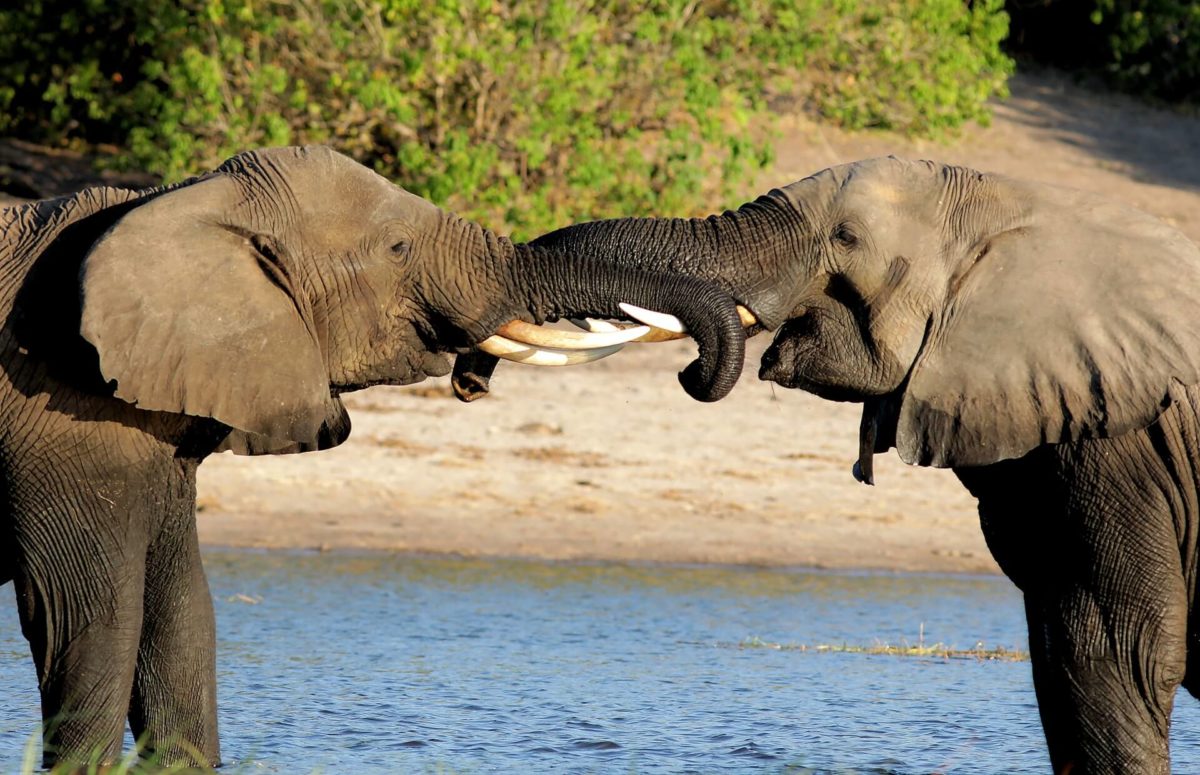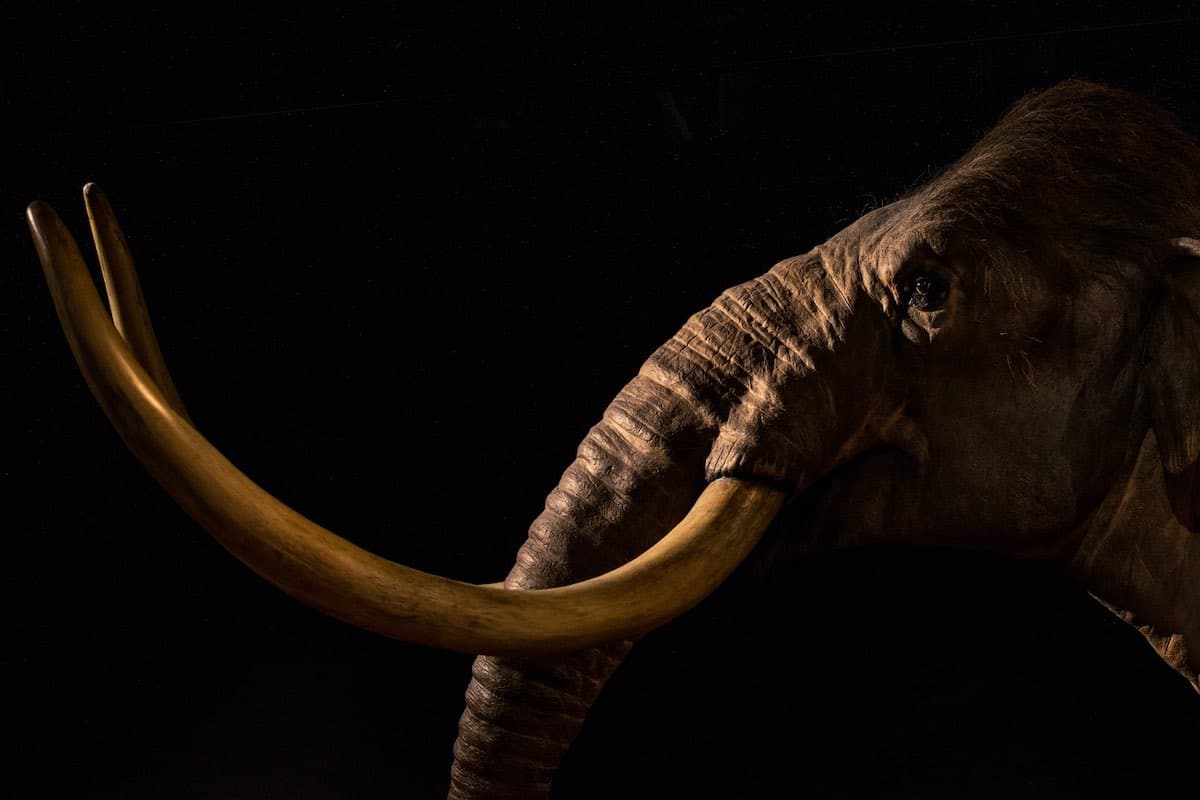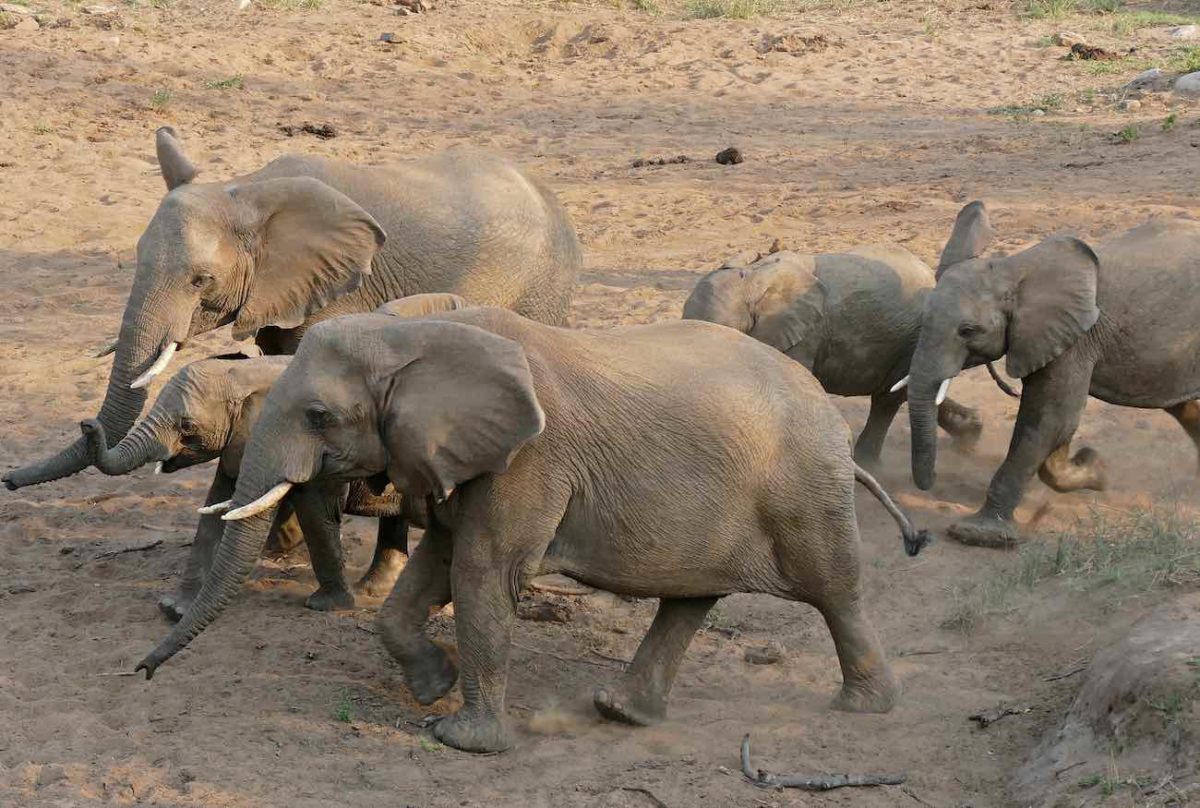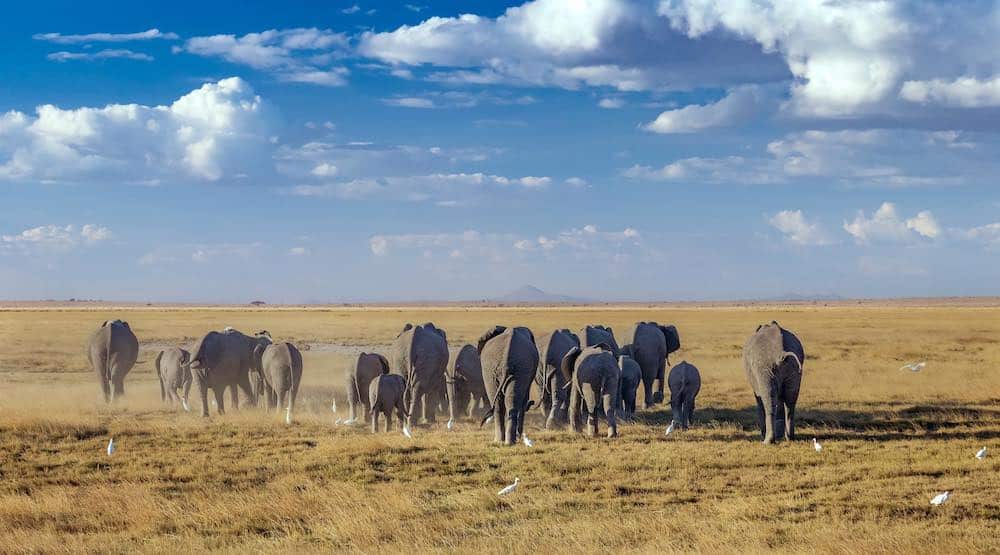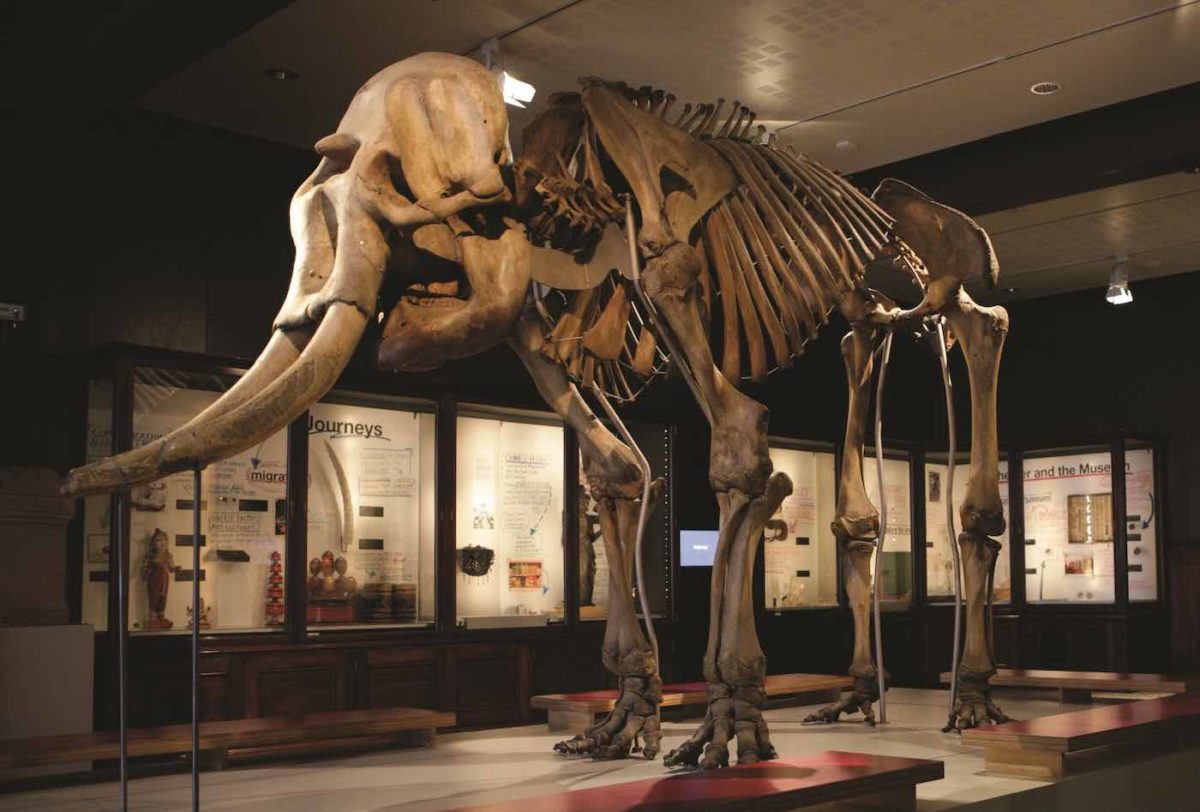It’s a question that has puzzled scientists, zookeepers and animal lovers alike: Why is it that humans are so fascinated by the calves of elephants?
The answer may lie in our own biology. Elephants are mammals like us. And we’re drawn to live things, especially animals with babies.
It’s true for other species too; just think about how many people stop their cars on the roads when they see deer fawns cross the street or baby seals playing on a beach.
Baby elephants are playful and cute, and they make a lot of noise. They also tend to stay close to their mothers.
One mind-blowing fact about baby elephants is that almost all of them are born at night, most likely because it’s harder for predators to find them.

